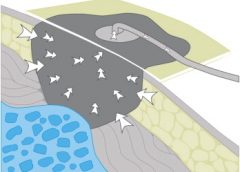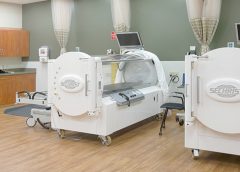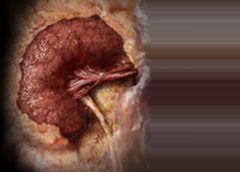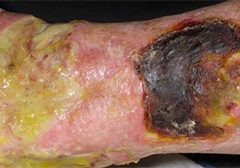This issue’s resources include patient tools and new guidelines.
Improving patient safety
Research suggests that adverse events affect patients with limited English proficiency (LEP) more frequently, are commonly caused by communication problems, and are more likely to result in serious harm compared to adverse events affecting English-speaking patients. Your hospital can take steps to reduce risks of adverse events for patients with LEP with “Improving patient safety systems for patients with limited english proficiency: a guide for hospitals,” from The Disparities Solutions Center, Mongan Institute for Health Policy at Massachusetts General Hospital, Boston, and Abt Associates, Cambridge, Massachusetts. (more…)
Read More






